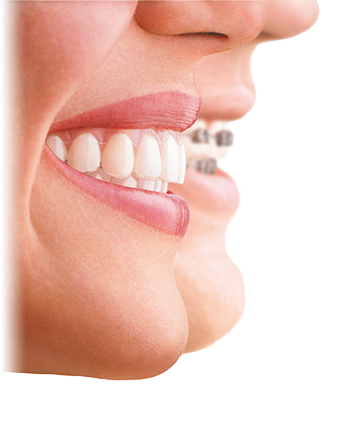 If you damage a tooth or have a decayed tooth, we have a range of restorative remedies on hand. Our treatments include inlays and onlays, crowns and dental bridges.
If you damage a tooth or have a decayed tooth, we have a range of restorative remedies on hand. Our treatments include inlays and onlays, crowns and dental bridges.
What is an onlay?
Onlays are often referred to as the middle ground between a filling and a crown. They help to restore and strengthen teeth when decay has spread further than the tooth surface or the tooth is damaged, but not to the extent that a new crown is required. Onlays are sometimes known as partial crowns.
Onlays are similar to inlays. However, they encompass the outer surface and the biting cusps of the tooth, as well as the inner surface. You may need an onlay if you have damaged your tooth in an injury or accident or you have had a large filling in the past.
The benefits of porcelain onlays
Porcelain onlays are a conservative way of restoring a weakened tooth. They are less invasive than crowns and they are designed to match the natural tooth shade, so you won’t be able to distinguish the onlay from the rest of the tooth. Porcelain is strong and durable and it creates beautiful aesthetics. Although an onlay will not last forever, it should last for several years.
What does treatment entail?
We usually carry out onlay treatment over the course of two sessions. During the first session, we prepare the tooth to remove any decayed tissue and shape it in preparation for new restoration. We then create a putty mould and this is used to make the new onlay. When the onlay is sent back to us (usually around 2 weeks later), we fit it by placing it on the tooth and then fix it using dental cement. You will be able to use your tooth as normal straight away and you should find it that it feels stronger and more secure.








